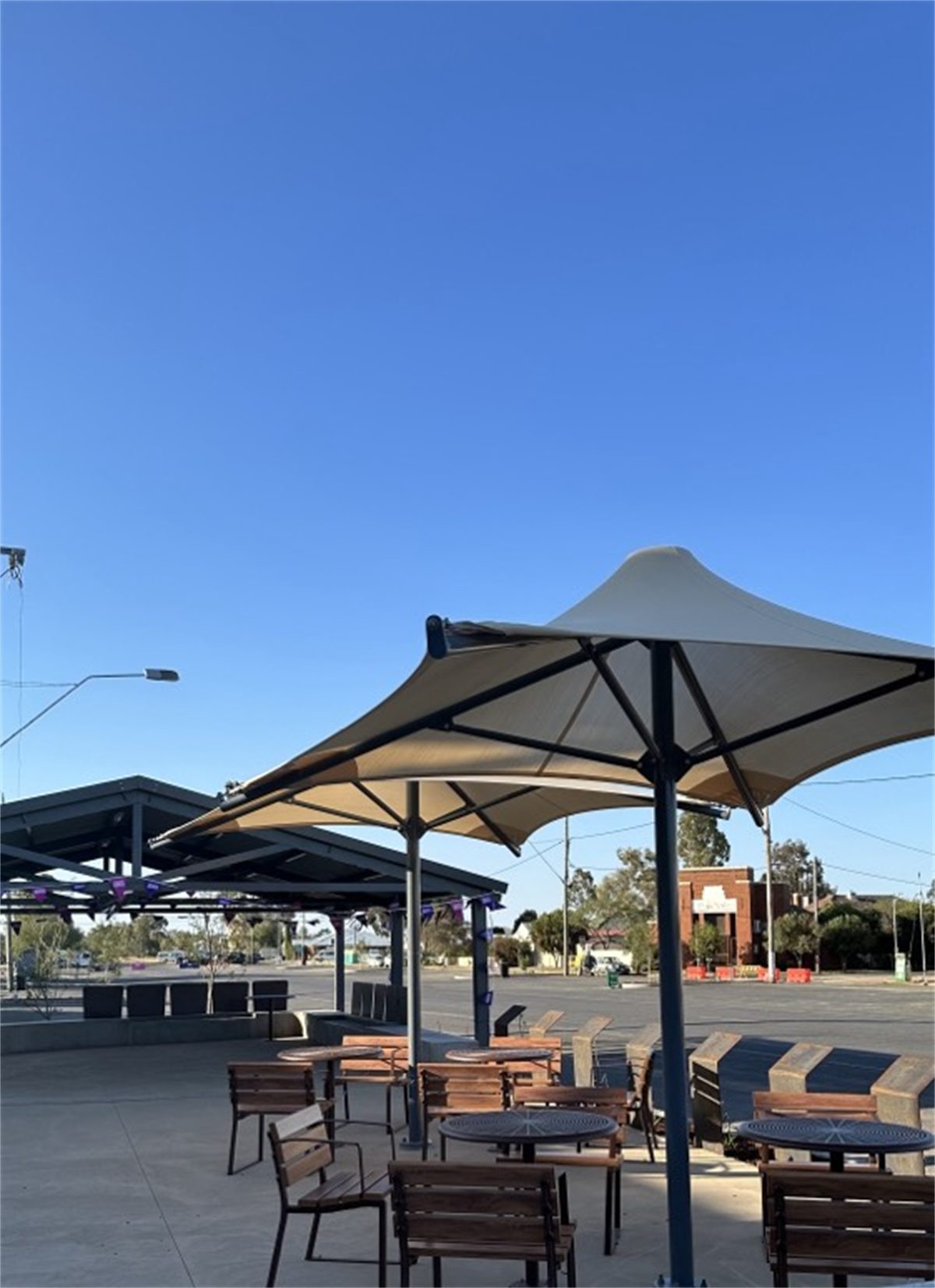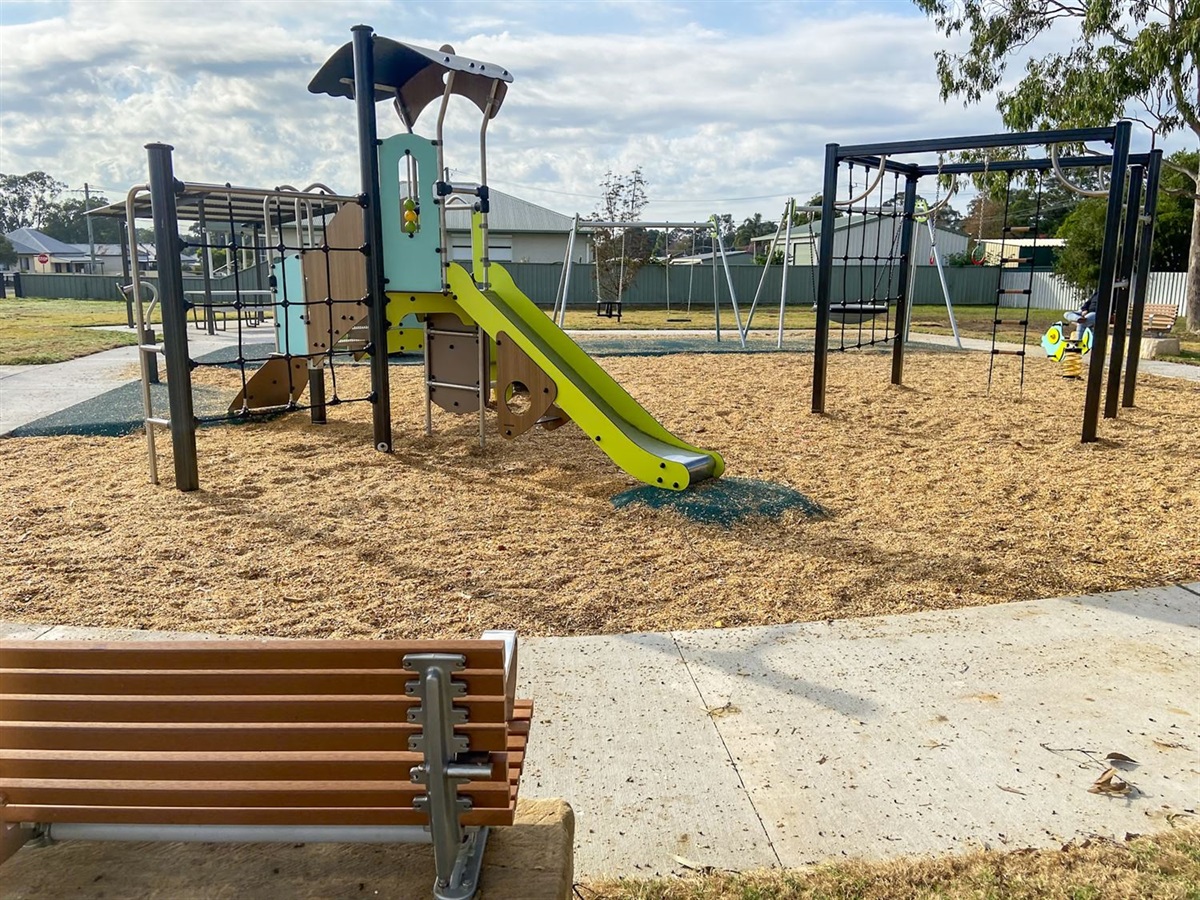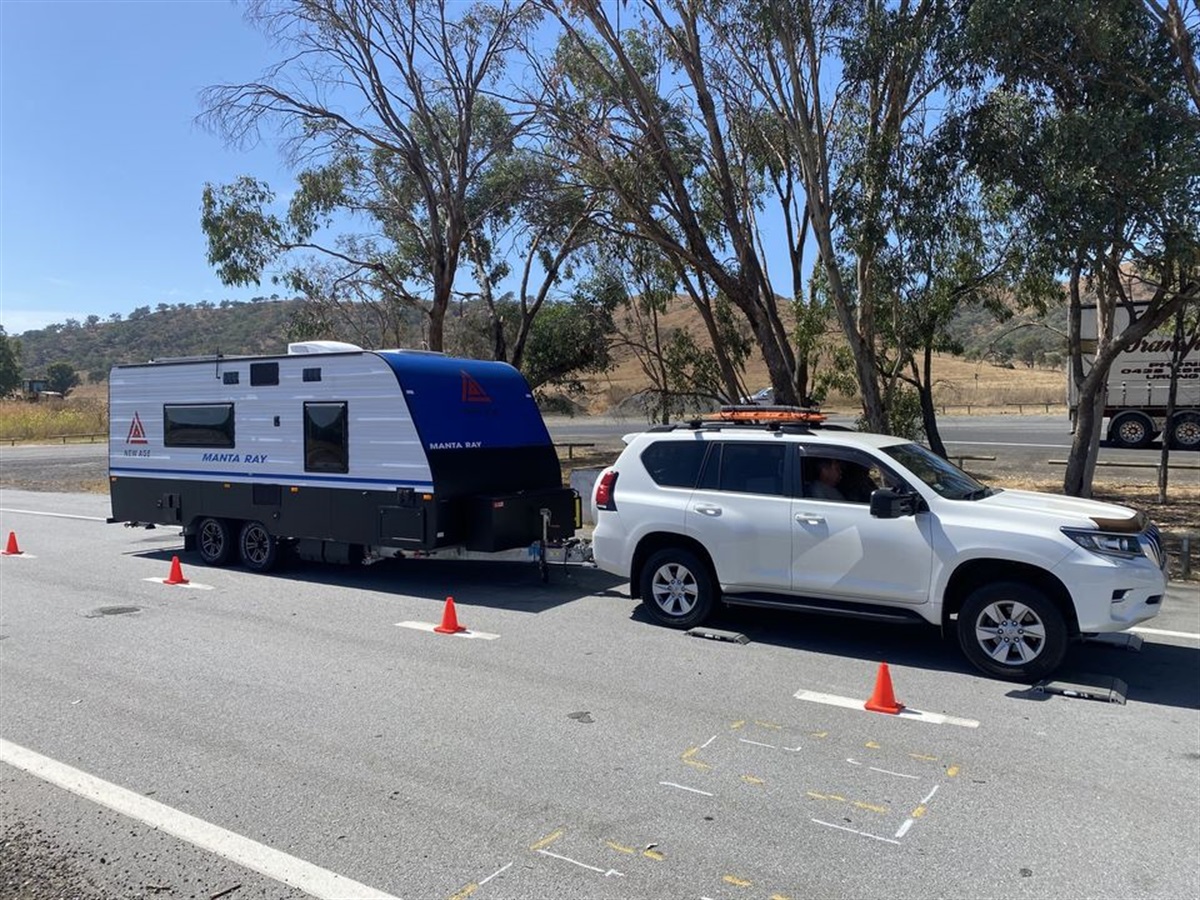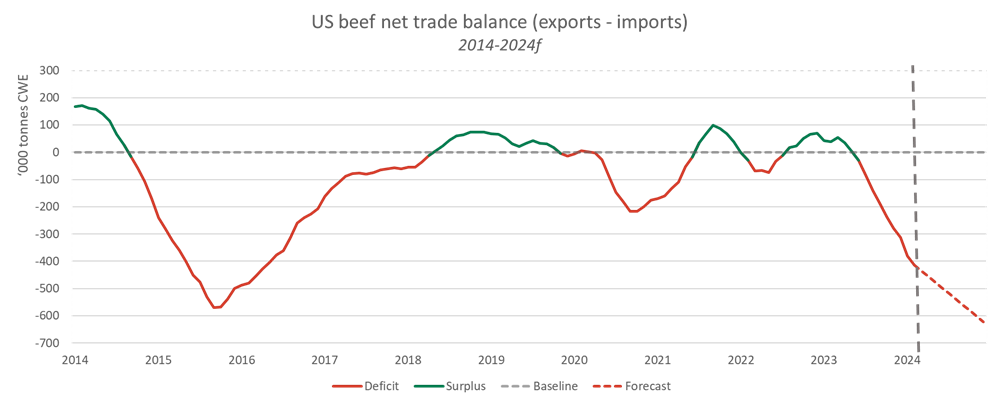The Department of Agriculture, Water and the Environment can now automatically detect fruit, vegetables, meat, seafood and plant material at the border.
3D x-ray units at the Melbourne airport and the Melbourne and Sydney mail gateway centres are deployed with the world’s first biosecurity risk auto-detection algorithms, designed by the department to target Australia’s highest biosecurity risks.
Minister for Agriculture, Drought and Emergency Management, David Littleproud said the 3D x-rays are allowing biosecurity officers to do their work more effectively and efficiently and will help streamline the passenger, air cargo and mail pathways into Australia.
“Our clean green reputation makes Australian produce valued overseas and we have to protect that,” Minister Littleproud said.
“During 2020, 78 million international mail articles arrived into Australia and over 72 thousand mail articles were identified to contain actionable biosecurity risk material.
“Biosecurity risks will only continue to increase with the volume of goods entering Australia expected to double between 2015 and 2030.
“Australia is a world leader in biosecurity and we always strive to be better, the 3D x-rays have become an important part of keeping pests out.
“Since their deployment in 2019 the 3D x-rays have successfully increased the rate of detections of biosecurity risk items by double at Melbourne airport and triple at the Melbourne mail centre.
“The Australian Government has also recently engaged several spin-off projects to manage emerging risks, including a specific x-ray unit for seed detection.
“Seeds make up approximately 80 per cent of all detections in the mail pathway and could potentially be an invasive species or carry plant diseases that could threaten backyard gardens, agriculture industries and the environment.
“In July – August 2020 my department began to receive reports of people unsolicited seeds in the mail. Since gaining attention, there has been 298 confirmed reports of unsolicited seeds being sent to Australian residents from overseas.
“The Australian Government is investing in creating even more algorithms, installing more 3D x-ray units and identifying more opportunities to innovate our border screening technologies.
“Australia is a world leader in biosecurity, and we will always strive to be better. Technology like this plays an important role in keeping pests out.”







